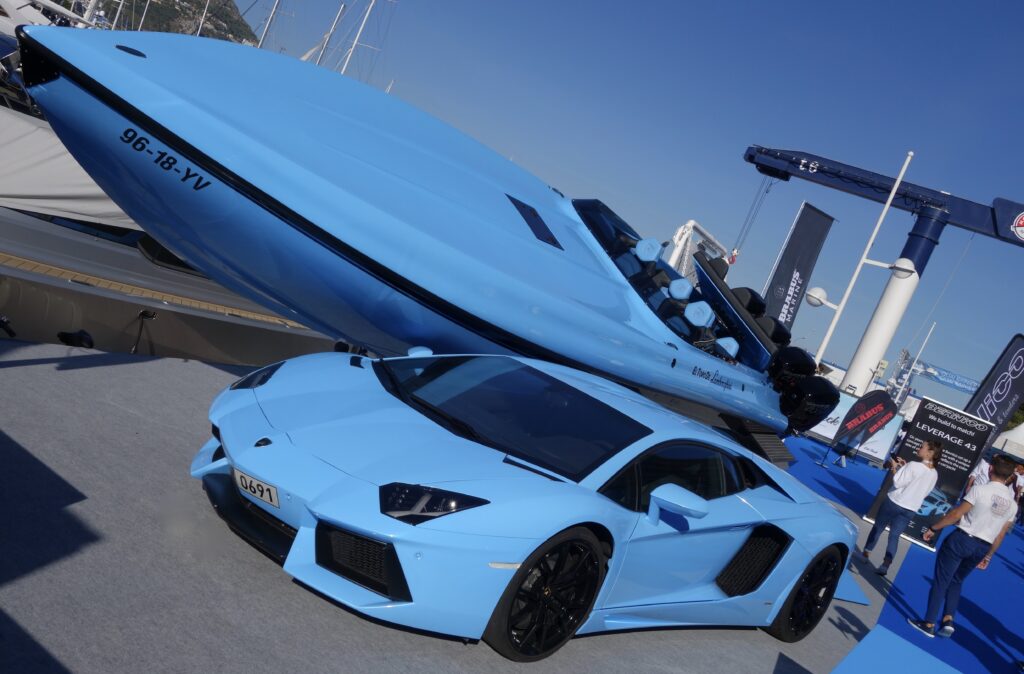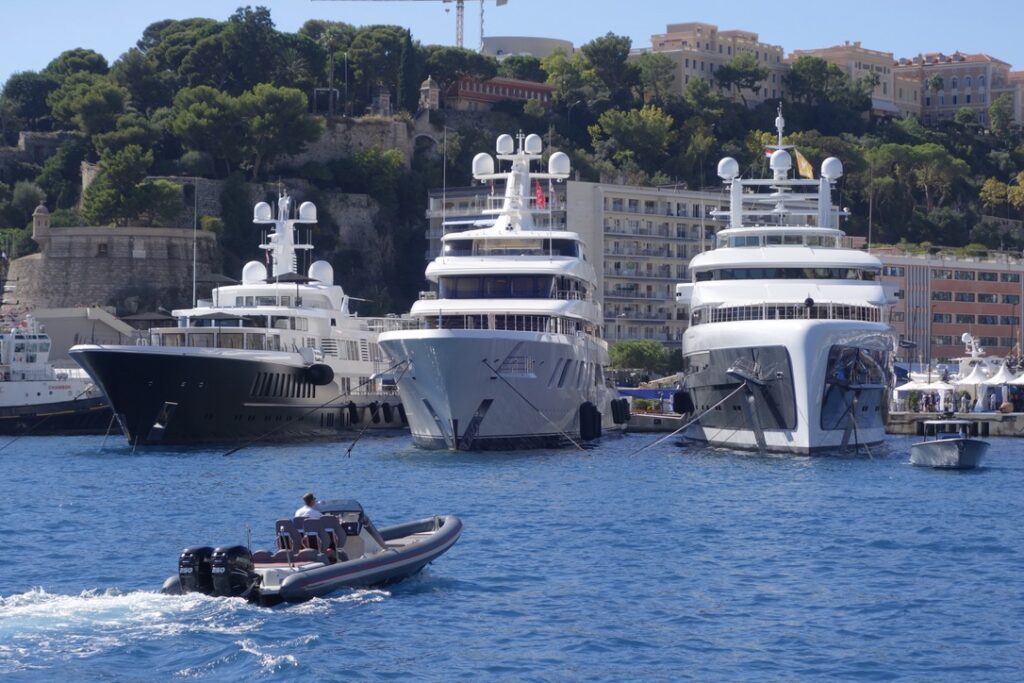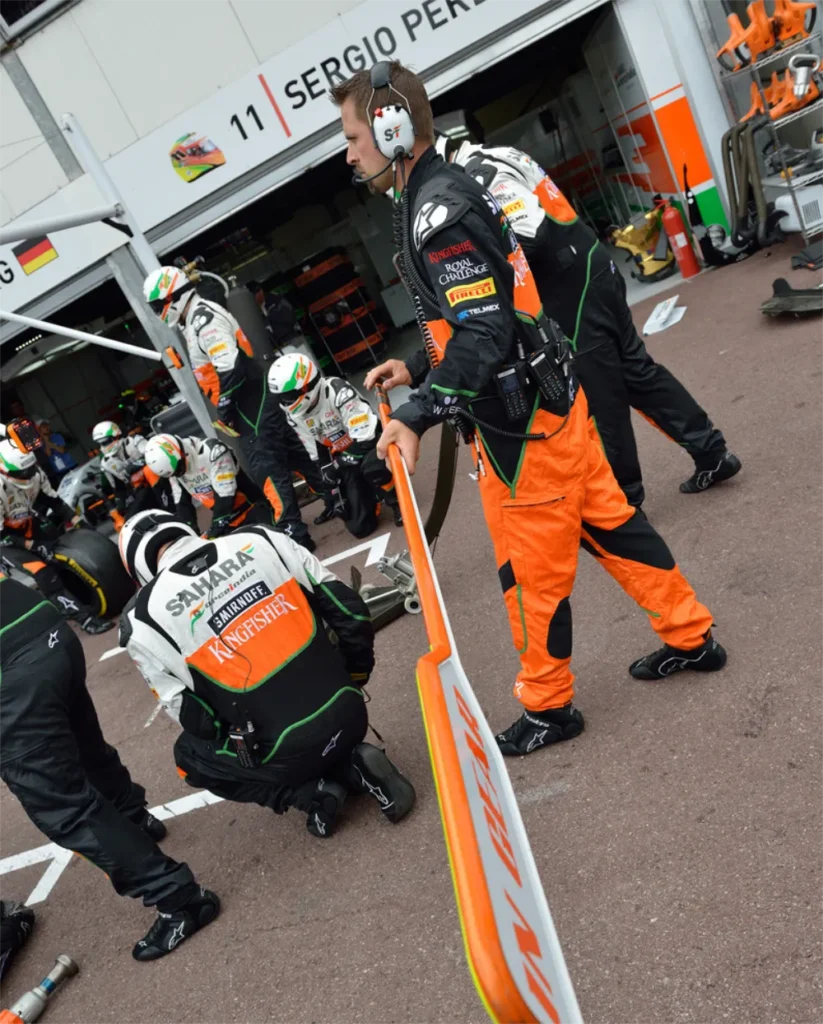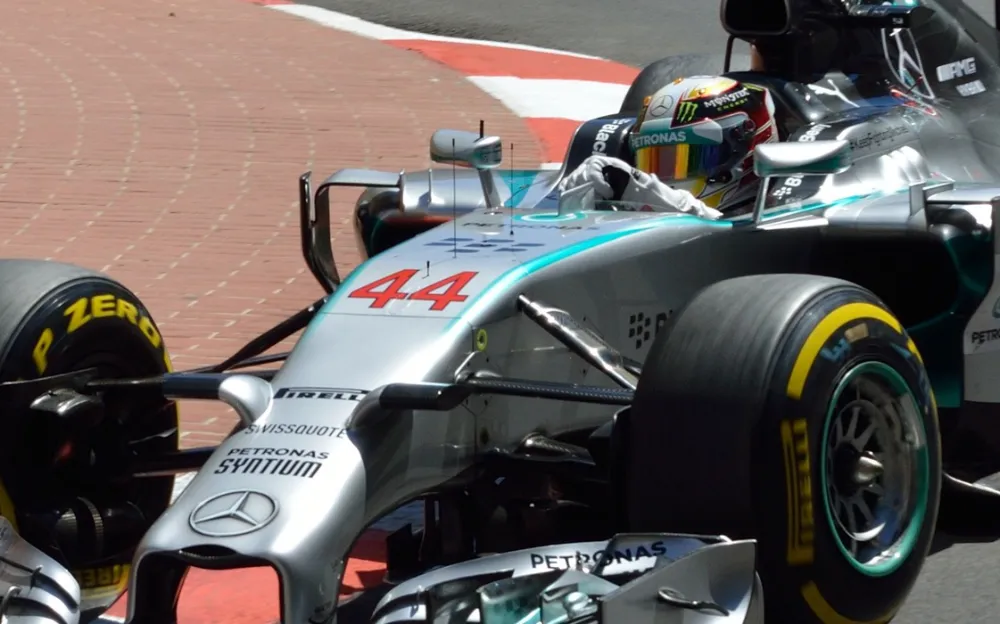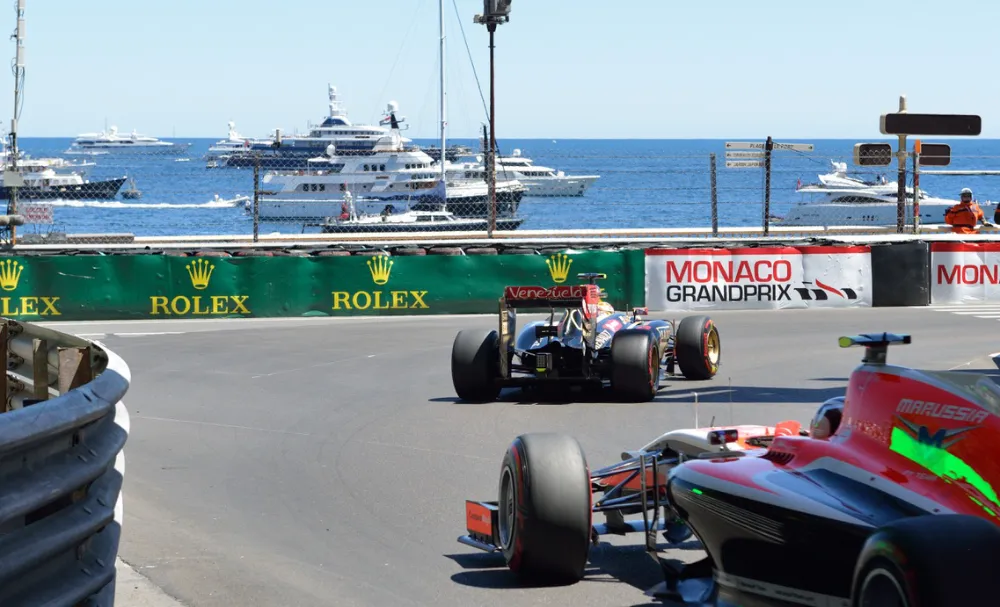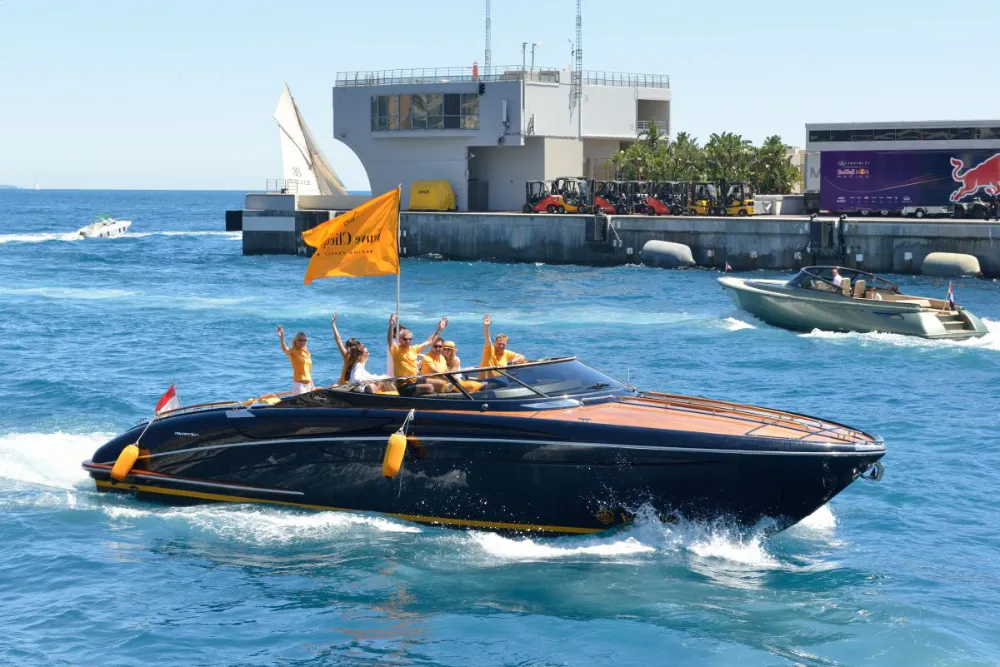CHANEL‘s Cruise 2025/26 show in Lake Como
Ahead of CHANEL‘s Cruise 2025/26 show in Lake Como, photographer Greg Williams shot a series of nostalgic, family-style portraits, capturing ambassadors and friends of the house against the dreamy backdrop of Villa d’Este.
Historically tied to the world of film, the Villa is a frequent destination for directors and stars alike—a choice location to film, vacation, and dream up the details of their next great project. “It has a classical beauty and glamour of a bygone era. Right here on the lake, with the boats and the grandness of the palace hotel, it really takes you away from the reality of your regular life,” says director Sofia Coppola, “It feels cinematic and as if you’re part of the history of this location,” she muses.
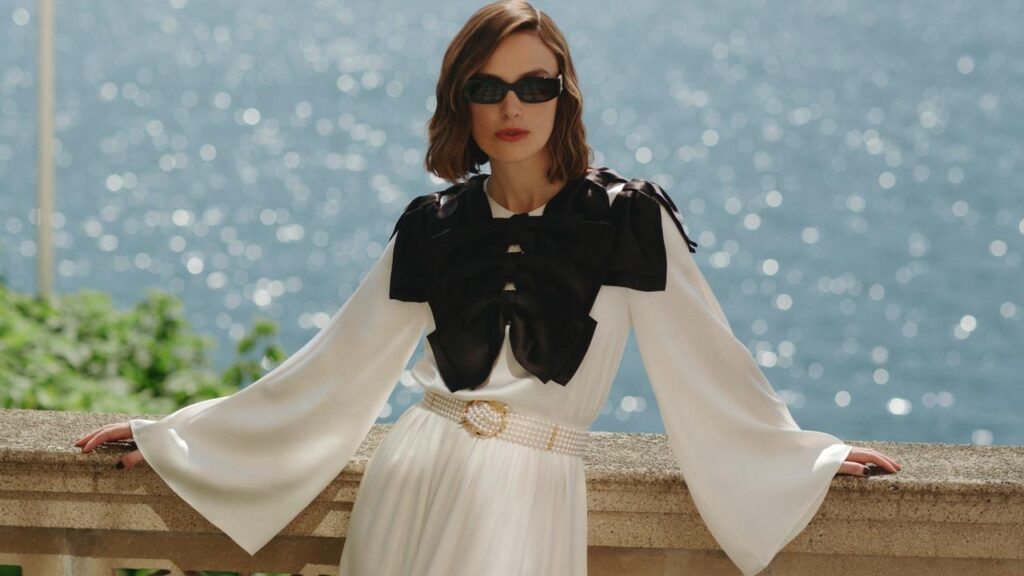
The Cruise Collection is CHANEL’s annual show which presents a nautical take on traditional resort wear—often inspired by oceanic adventures like sailing and yachting, incorporating tropical prints and Mediterranean motifs into the pieces. Inside the Villa d’Este, guests were seated al fresco in patio-style seating alongside the runway.
While waiting for the show to begin, actress Keira Knightley remarked, “Being reunited here in Italy with the CHANEL family feels like a beautiful celebration of artistry and friendship.”
Coppola’s directorial eye reflected on the picturesque environment: “The Cruise collection always captures the fantasy of vacations, and it seems like a perfect location and a lovely surprise,” she says. “CHANEL has so much history, so it’s great to discover the relationship between Gabrielle Chanel and (Luchino) Visconti as one of the many relationships she had with people in the arts. I think this place invites you to dress up and be part of this world of Italian elegance and culture.”
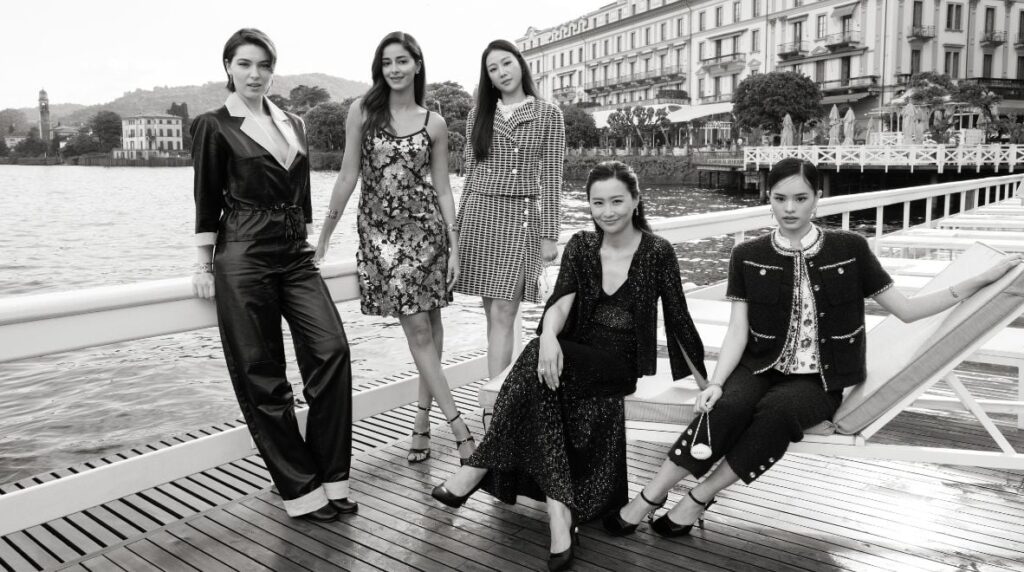
The show reminds us of Gabrielle Chanel’s friendship with Italian filmmaker Luchino Visconti. In the 1960s, their creative partnership flourished when Visconti entrusted Chanel to design costumes for actress Romy Schneider in his film Il lavoro (1962). Three decades prior, the duo found themselves in Lake Como to spend time at his family’s estate.
Driven by the Creation Studio, Chanel’s latest collection was infused with the refined Italian glamour of its surroundings. Models graced the waterfront runway in flowing silk gowns adorned with nautical motifs whilst structured jackets paired with wide-legged trousers echo the height of Chanel and Visconti’s creative collaboration in 1960s. Lightweight tweed suits in soft pastels notably mirrored the sunset palette of the lakeside. Accessories, such as dramatic sun hats, pearl-embellished sandals and vintage luggage-shaped handbags, were another nod to a carefree European summer.
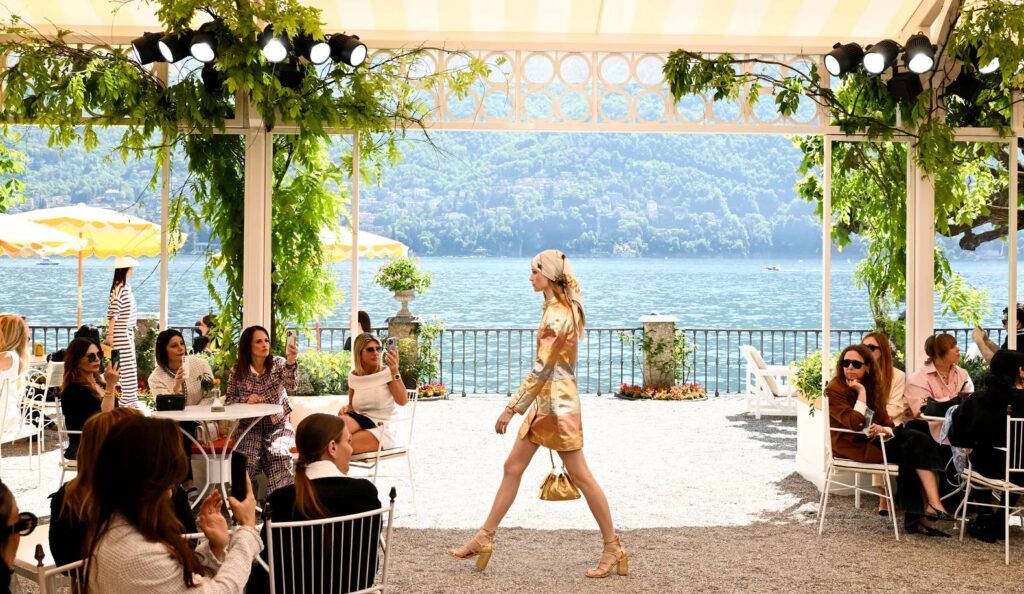
Chanel invited ambassadors and friends of the house to bask in the occasion. Along the house’s newly appointed ambassadors, Bollywood star Ananya Panday and Thai singer and actress Ally, Japanese model Nana Komatsu as well as actresses Fala Chen from Hong Kong and Ning Chang from Taiwan, found themselves on the romantic shores of Lake Como.
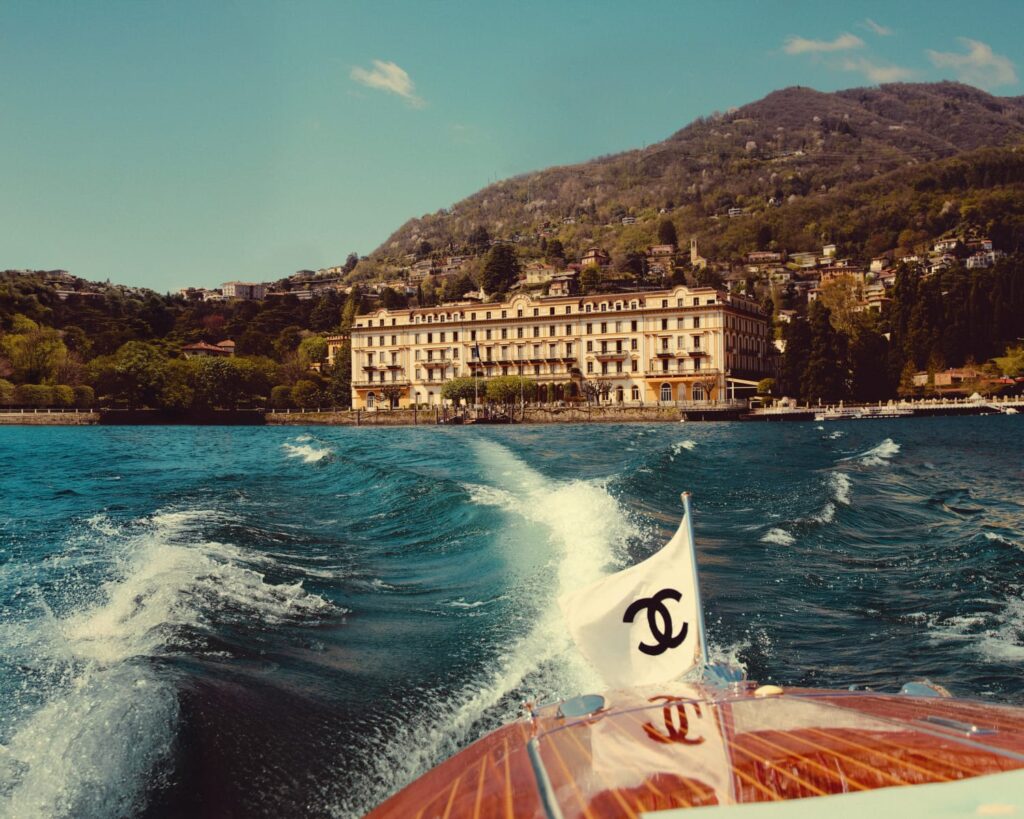
The first image is Sofia Coppola & Roman Coppola by Greg Williams at the Villa d'Este, Lake Como. Courtesy of CHANEL.

